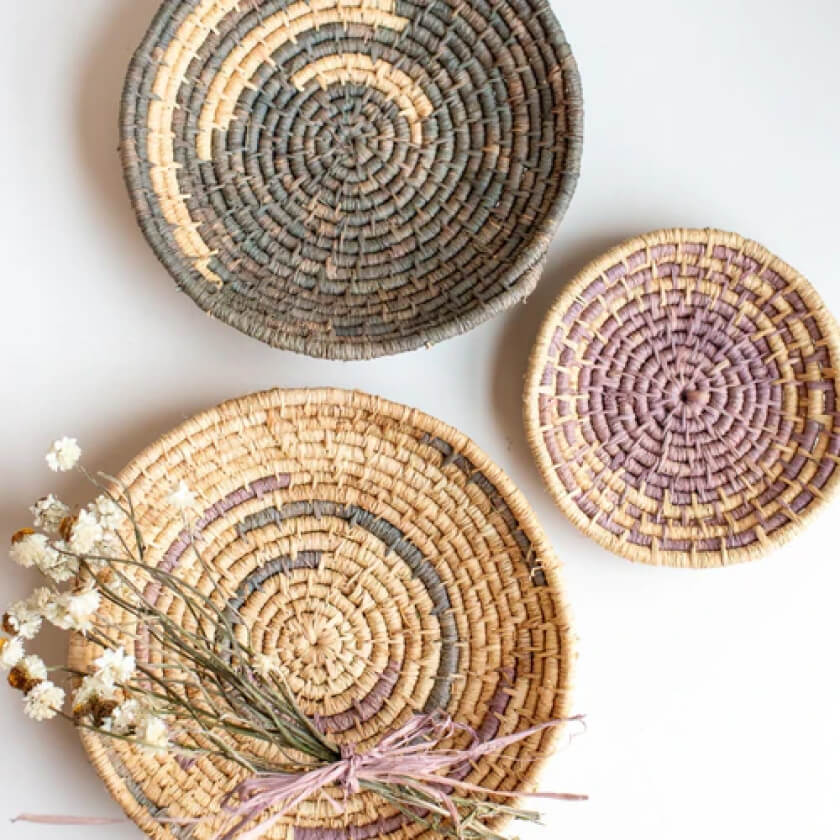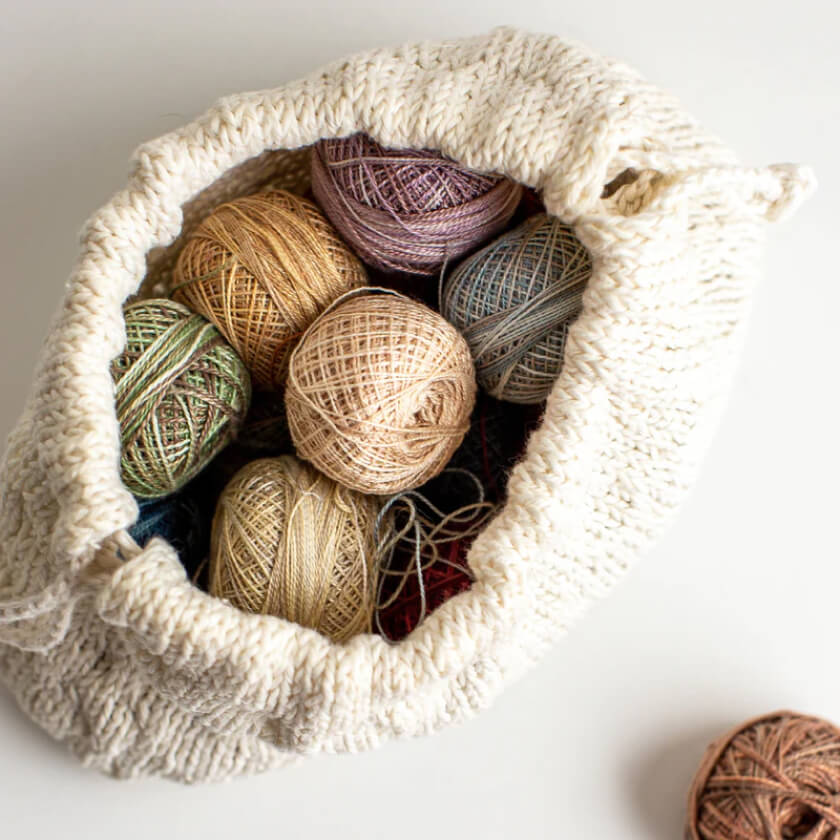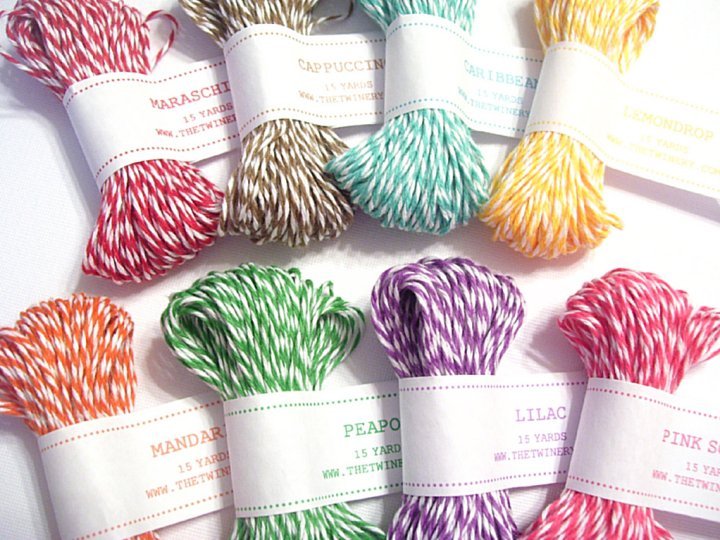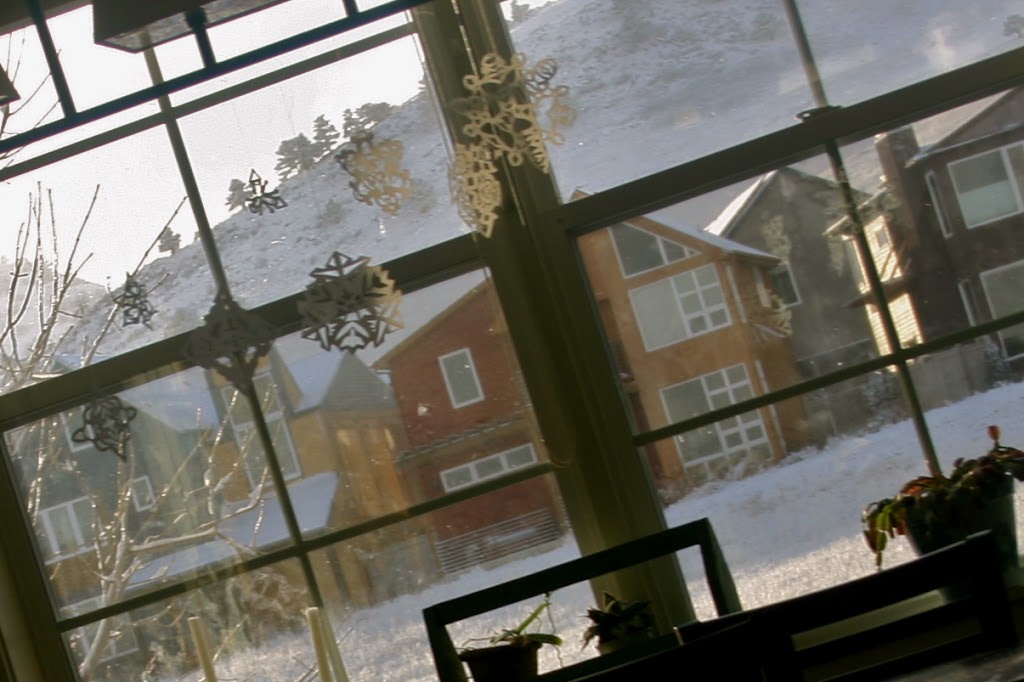Finger Knitting Obsession
First, I taught my middle guy, who loves to just hang out together. We sat side by side in his bed, I knitting a gorgeous cowl from Quince & Co on my needles; he a scarf on his fingers.
“Mom,” he asked, “Can we have a knitting night every Sunday?”
Oh, any night, my boy, any night!
Then, the other one wanted to learn, and then, the third. They picked it up in a breeze and haven’t stopped since. Baillie, below, finger knit three long strands and braided them together. “Mom! This is going to blow the girls away!” I love it! My daughter did a sweet little scarf and embellished it with a bow. What a sweet and organic surprise this turned out to be. Happy times.

Anne Weil












Leave a comment
This site is protected by reCAPTCHA and the Google Privacy Policy and Terms of Service apply.